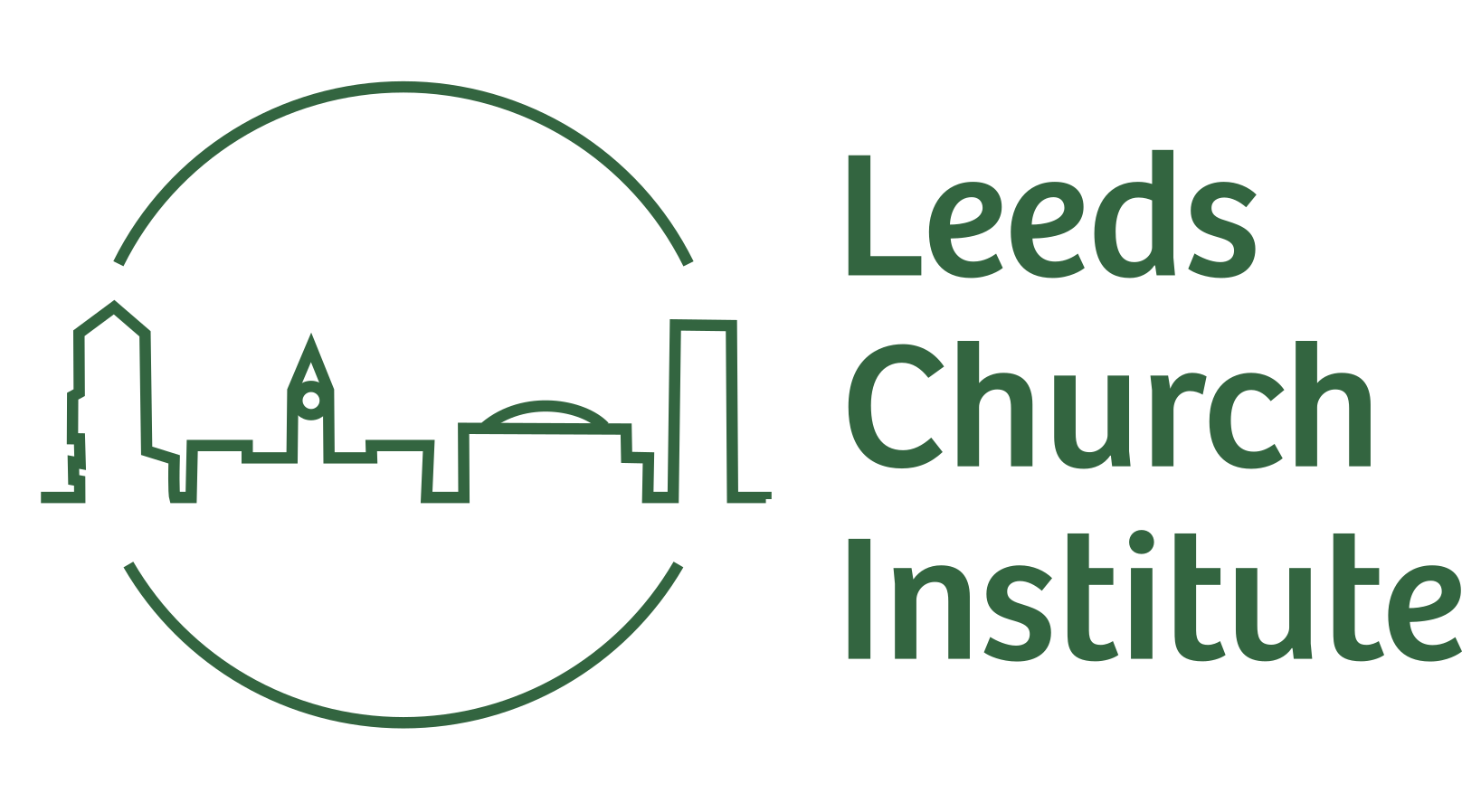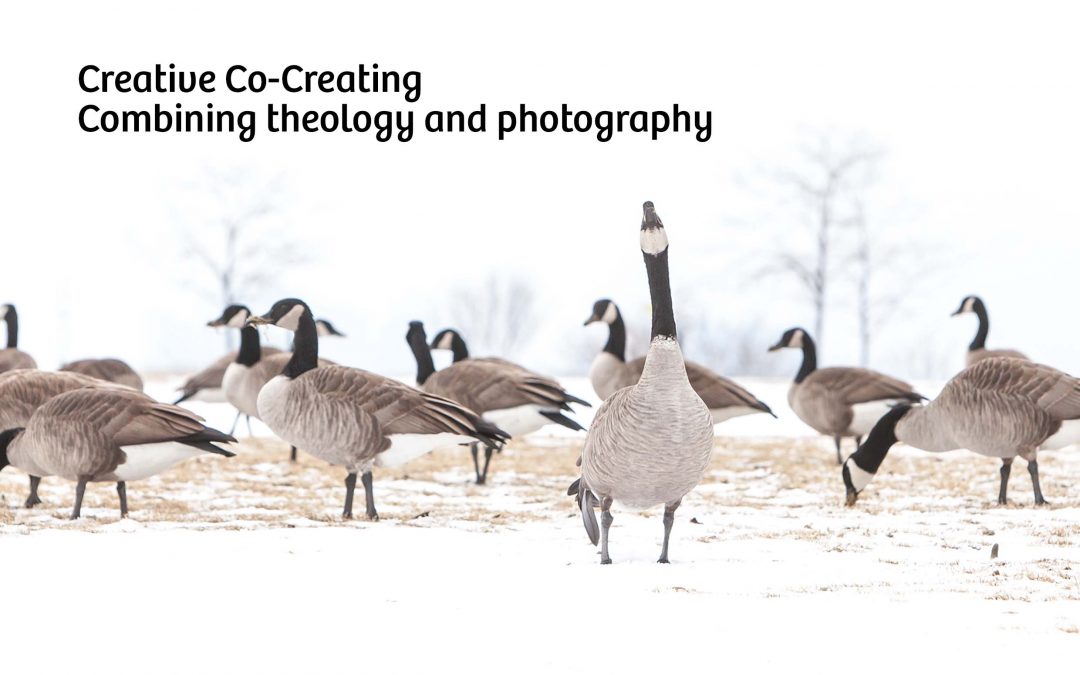 A theologian. With a camera. Exploring nature. In the city.
A theologian. With a camera. Exploring nature. In the city.
Those four elements introduce intriguing possibilities and enlightening experiences. I know, because I am that theologian-photographer.
Making Photographs
I say I “make” photographs. Good photography often results when a photographer works from a vision and uses as camera to portray an intriguing subject. Good photography is art.
I don’t “take” photographs. “Take” sounds like I just happened to click the shutter at an opportune time. Good photographs are rarely the product of happenstance; they reflect a vison, photographic skills, and intentional experience.
How I think God acts in the world also influences the vision that I, as theologian-photographer, bring to my visual art. In my opinion, God is an invisible, omnipresent Spirit whose presence cannot be directly captured by a camera’s digital pixels.
It’s impossible to photography that which cannot be seen. But my theology can still inspire my photography.
Varied Co-Creating
I think God is a creative cause in every moment. But I also think creation plays a co-creative role in making the world what it is.
I spend most of my time photographing wild places in rural areas or reserves. I live in Idaho, one of the largest and least populated states in the US. I don’t have to drive far to be alone with nature.
But I also enjoy looking for nature in urban areas. My creative co-creating can happen anywhere. And that means I think theologically about wilderness and cityscapes. And I ponder how creatures cooperate with their Creator.
Chicago
A few years ago, I was commissioned to spend a year as theologian-artist in residence and visiting science and religion scholar. The commissioner was the Lutheran School of Theology in Chicago, and I collaborated with Lea Schweitz and her project on enhancing the city.
Walking the streets, paths, and out-of-the-way places of Chicago raised new questions and prompted new ideas. For instance, I began to think about creating differently. We all know that birds create nests. And other creatures create. Among all creatures, humans possess highly advanced creative capacities. As I see it, God inspires and empowers all creatures in their creating.
But I began to think in new ways about co-creating with God. How well do creatures – both human and nonhuman – cooperate with God’s working for a better world? In particular, are humans cooperating well or poorly with God in their urban co-creating?
Chicago animal are more or less successful at adapting to human creativity. I found plants retaking neglected city lots. In some cases, this symbiotic relationship seems to be working. But I wonder, Is human creating helping or hindering God’s diverse creatures?
As I see it, both unplanned and planned elements can express beauty. Both types of creatures – highly intelligent agents and nonintelligent organisms — respond to their Creator.
Through Both Creations Shine
A few years ago, I collected some of my favorite photos in a book. I choose “Through Both Creations Shine” as my book’s title.
This phrase comes from a hymn written by 17th century theologian and songwriter, Charles Wesley. Here are the opening lyrics:
Author of every work divine / Who dost through both Creations shine
The God of nature and of grace.
Thy glorious steps in all we see / And wisdom attribute to Thee
And power and majesty and praise.
The natural universe is one “creation” in this hymn. Wesley acknowledges in praise the work of God evident in the created order.
If we have eyes to see, we can perceive the gloriously graced “steps” of our Creator. My book’s title, “Through Both Creations Shine” refers in part to my photographs of the natural world. God does wonderfully creative things!
New Creation
The second reference to creation in the hymn is to the new creation God also makes possible. Wesley has in mind a phrase from the Apostle Paul about humans becoming “new creatures” (2 Cor. 5:17). The old is gone, because God transforms us into new creations.
This reference to new creation reminds me that photographs are not bare representations of the external world “out there.” Photography is also, as photographer Galen Rowell puts it, an “inner game.” Photographs represent what is “in” the photographer’s vision.
My photographs portray a particular vision, perspective, or view. They describe in part how I see creation. As a “new creation” in Christ, my perspective has been partly shaped by my vocation as a Christian theologian.
The ongoing process of God creating me anew influences how I make nature photos.
Following the Light
Charles Wesley’s reference to how creation “shines” rings true for me as a photographer and theologian.
Light is central to photography. And as photographer, I often see the world in terms of the kind of light around me. Nature photographers are prone to “chase” the light, as they scan their surroundings for what might make for a great photo.
The knowledge of Christ is also a kind of light. “I am the light of the world,” Jesus says in John’s Gospel. The light brings wisdom and insight into the issues that matter most. Enlightened ones have realized how to live and love well.
In Process
As I look over my life as a theologian and my photography as an artist, I see change. I don’t believe everything I once believed. I think my beliefs today are better. My theology is in process.
And my photography has changed. I think I make better photos than I once did. My photography is in process.
My perspectives on making photos, on God as Creator, and on co-creating have expanded.
Thomas Jay Oord
Thomas Jay Oord is author of The Uncontolling Love Of God and will be joining us to share some of his photos and thoughts in March.

